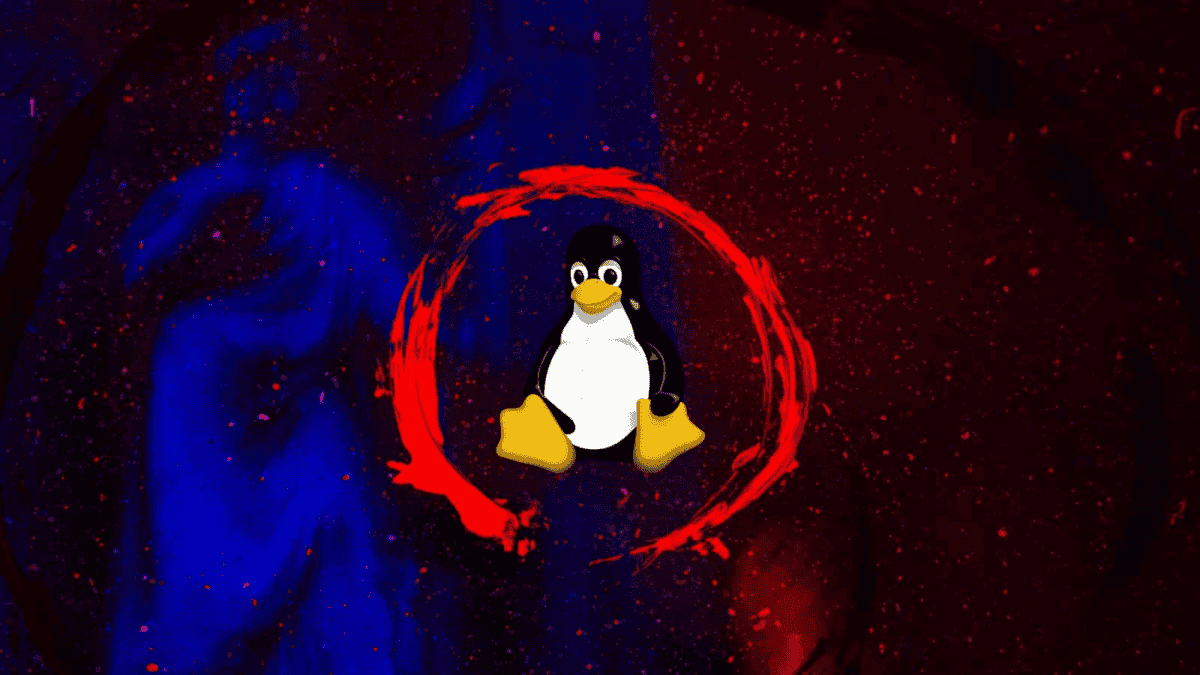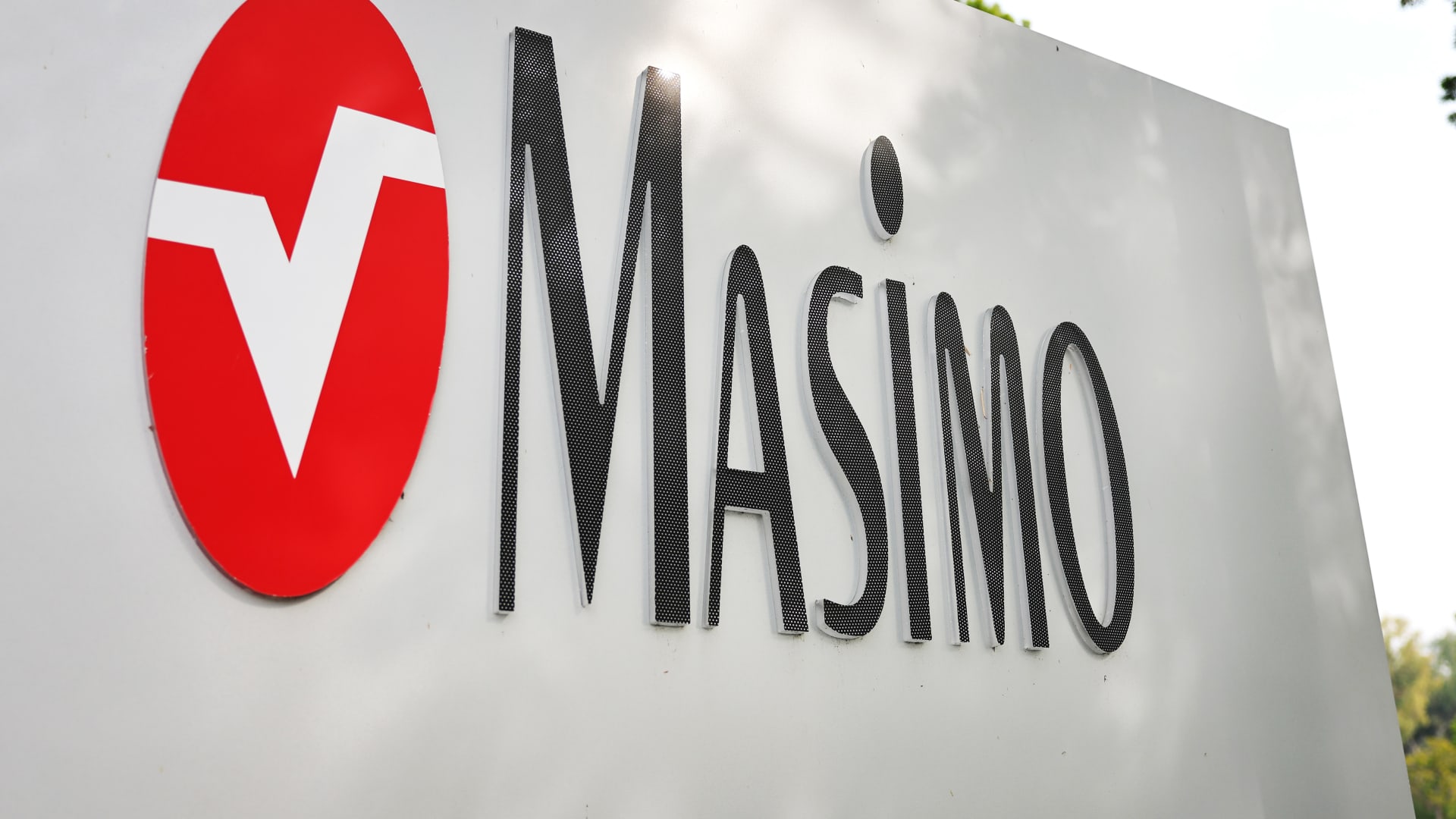Despite the constant jokes about its eternal “year of the Linux desktop,” the open-source operating system occupies a unique position in the tech world. While it has struggled to gain widespread adoption among everyday users, Linux remains highly favored by developers (surpassing macOS in this regard) and reigns supreme in servers, IoT devices, and supercomputers. Interestingly, recent data suggests a possible shift in Linux desktop market share.
According to Statcounter GlobalStats, in February 2024 Linux reached a global market share of 4.03%. Marking its highest point since data collection began in 2009. This data, collected from over 1.5 million websites generating 5 billion user visits, offers a reliable snapshot of operating system usage worldwide. Although historically low, Linux’s market share has shown steady growth in recent months, recording a 31.3% increase since June 2023. Compared to five years ago, the progress is even more significant – in February 2019, the share was only 1.58%.
Linux on the desktop: A niche player with steady growth and future potential
One potential contributor to this growth is the success of Steam Deck. A portable gaming console from Valve that runs on a custom Arch Linux operating system. Although it is primarily aimed at gamers, the console also boasts a desktop mode, potentially introducing new users to the Linux environment. Steam data reflects the continued growth of the Linux gaming community. With the platform boasting over 1.63% Linux users in September 2023. A slight drop from the previous month’s peak of nearly 2%, but still indicative of a growing market segment.
Gizchina News of the week
However, Linux’s potential for wider adoption remains largely untapped due to a major obstacle: fragmentation. As Linus Torvalds himself, the creator of the Linux kernel, admits, the lack of a standardized desktop environment and unified package management system is a significant obstacle to mass appeal. Imagine a scenario where installing software on your computer involves navigating different commands and repositories depending on your chosen distribution (such as Ubuntu or Fedora), compared to the streamlined experience of other operating systems. This is just one example of how fragmentation can hinder the user experience, discouraging newcomers from adopting Linux.
Despite this challenge, Linux continues to evolve, with continuous efforts to standardize and improve user-friendliness. Distributions like Elementary OS and Mint aim to offer user-friendly interfaces and simplified software installation, serving a wider audience. There is also growing interest in cloud computing and containerization technologies such as Docker. Which are inherently platform agnostic and open doors for greater adoption of Linux beyond traditional desktop environments.
In conclusion, while Linux may not currently dominate the desktop world, its recent growth and continued importance in other sectors suggest continued evolution and potential for future expansion. Solving the fragmentation problem remains critical for Linux to truly compete with established desktop operating systems. And fulfill its potential as a user-friendly and widespread option. With continued advances in user experience and potential synergies with cloud technologies, Linux may yet see a brighter future beyond its niche status.
Linux Surpasses 4% Market Share: A New Milestone in Tech History







